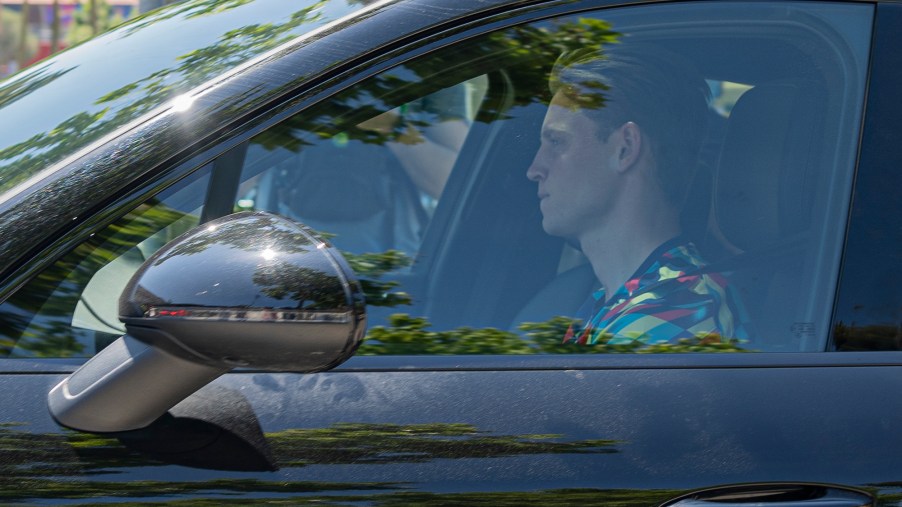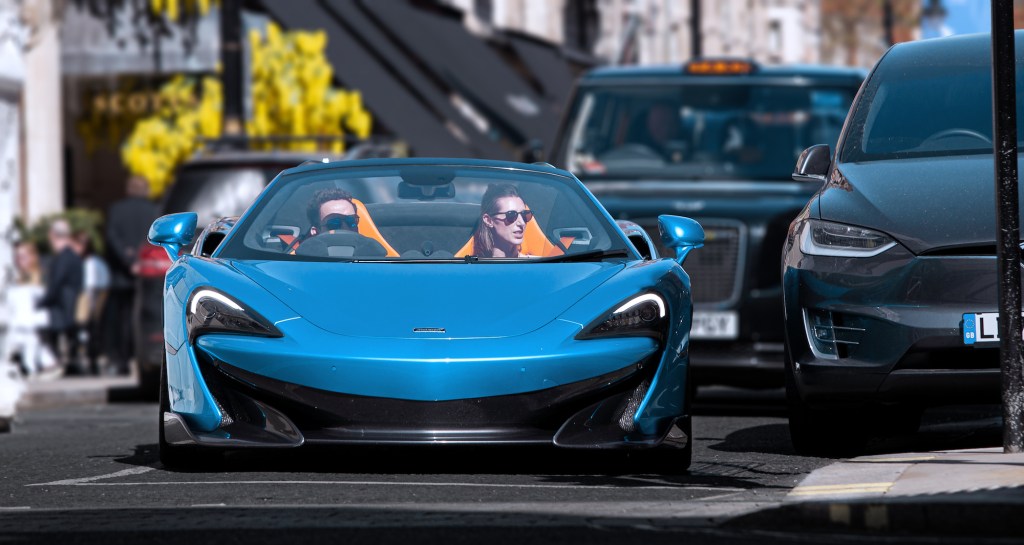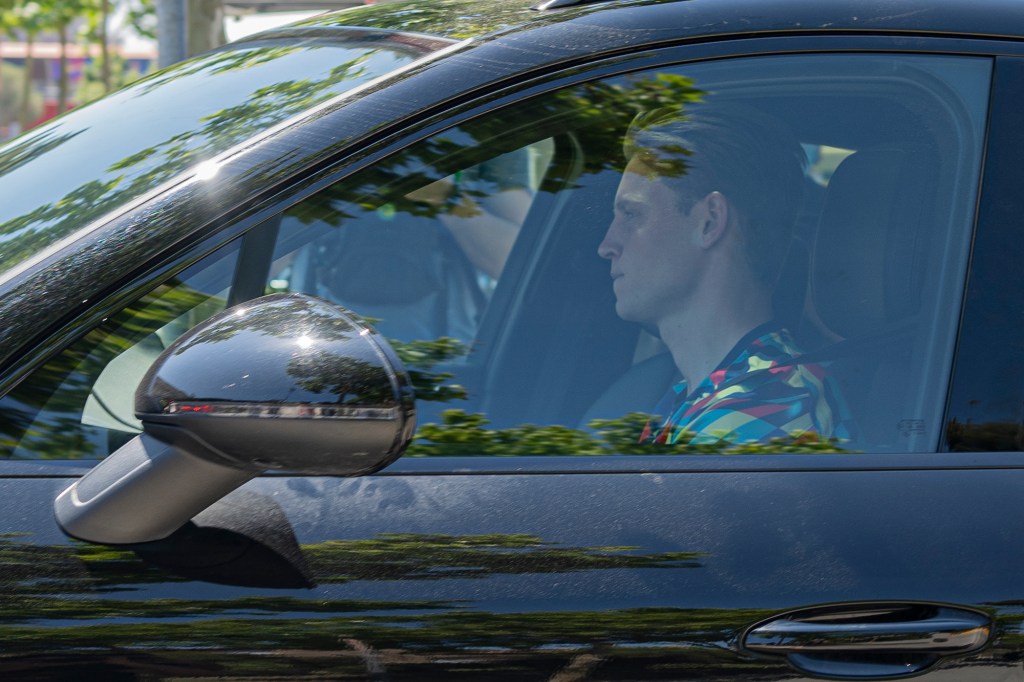
Can You Get Sunburned Through a Car Window?
Studies have shown that Americans spend around 10 hours per week driving their cars. We’re willing to bet that not many of them apply sunscreen before getting into their cars. What’s the point? After all, you’re covered by the car’s roof, doors, and windows, right? As it turns out, you might want to think twice about that.
Sun protection is key

While you’re probably well aware that being exposed to the sun can cause skin damage, you might not know how it does. According to the Insider, there are two different types of harmful sun rays:
- UVB rays: These types of rays cause skin cancer, sunburns, and tanning.
- UVA rays: These rays penetrate deeper into the skin and cause aging, wrinkling, and skin cancer.
As we can see, having the proper sun protection is key. However, many motorists have the false sense of security that hiding behind the glass and windshield of their cars will completely shield them from the sun’s harmful rays. But that’s not actually the case.
A car window’s sun protection can vary
When it comes to the notion of your car’s windows protecting you from the sun, there’s good news and bad news. The Insider reports, that a car’s windshield is made of laminated glass, which means that there is a layer of plastic in between two sheets of glass. This special type of glass completely blocks UVB rays and can block about 96% of the sun’s UVA rays.
The good news is that you’re definitely not going to get sunburned when the sun shines on you through the windshield. However, the bad news is that the car’s side windows are made of tempered glass, and don’t provide the same protection. In fact, tempered glass can block almost all of the UVB rays, but only around 71% of the UVA rays. In some cars, only around 40% of the sun’s UVA rays are blocked.
In a study published by the National Library of Medicine, the research showed that 53% of the drivers that participated in the study developed skin cancer on the left side of their face, 47% had it on their right side.
While you technically cannot get sunburned through a car window, this study shows that if you spend a lot of time behind the wheel every week, you are prone to possibly developing skin cancer at some point. However, certain precautionary measures can be taken.
Sunscreen and tinting

To negate the possibility of getting skin cancer in the future from driving your car, one thing you can do is tint your car’s windows. According to Rayno, a properly installed window tint can block up to 99% of the sun’s harmful rays, protecting you and the other occupants all day long.
If you can’t afford to get your car’s windows tinted yet, then the Skin Cancer Foundation recommends applying sunscreen with at least a 15 SPF rating in order to reduce your risk of skin cancer. After knowing everything about the sun’s harmful rays, and a little bit about car windows, we bet applying sunscreen before driving doesn’t sound so weird now, does it?



